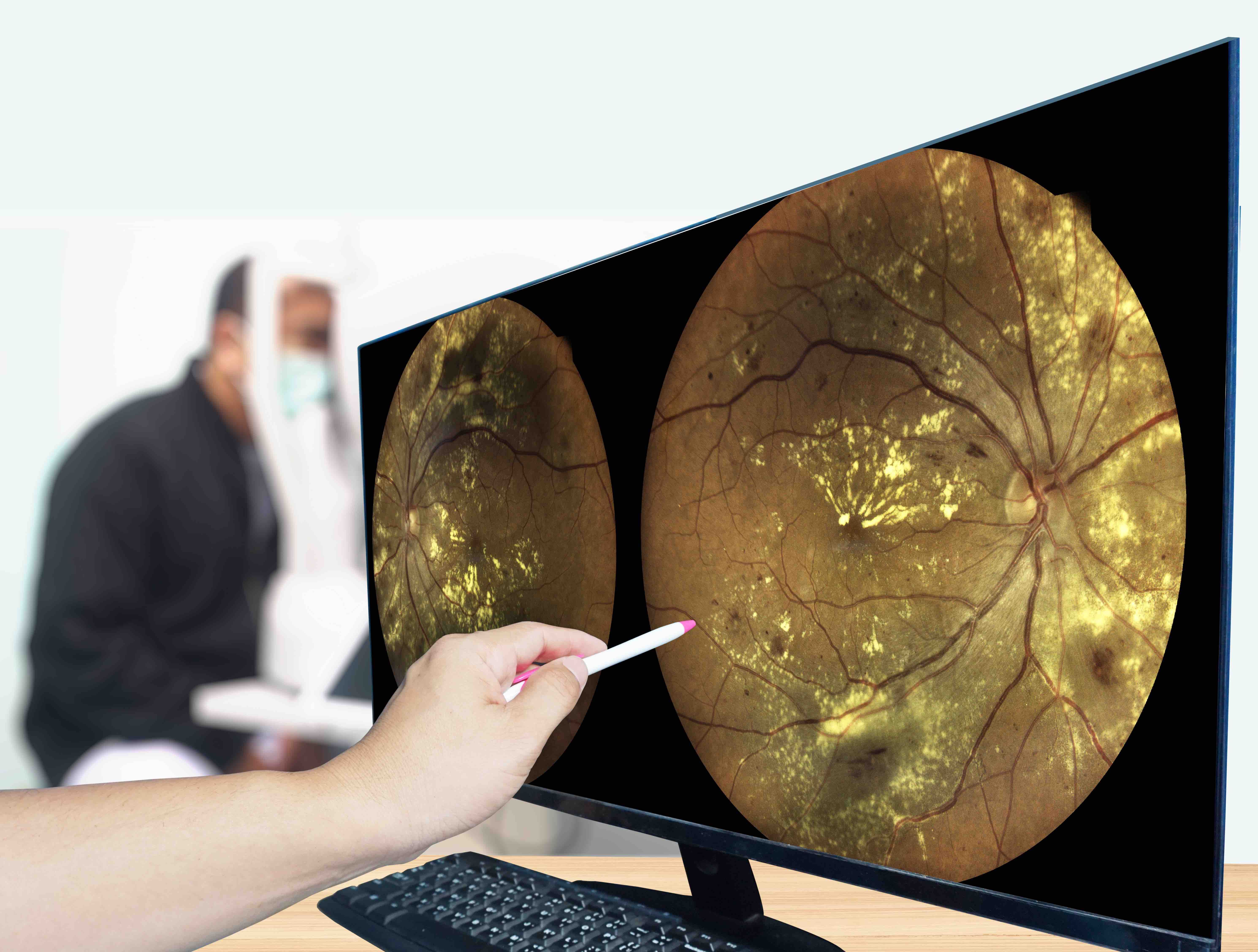Article
Pinpointing Specific Allergen Sensitization to Predict Later Asthma
Author(s):
Use of a molecular-based allergy diagnostic platform provided new insights into which young children who wheeze will go on to have persistent asthma at age 7 years.
Only some children sensitized to allergens in early childhood go on to develop asthma as older children, but why that is so is not clear.
A recent study examined sensitization to multiple allergen molecules and explored that relationship to persistent asthma in children at the age of 7 years.
The cohort came from the Gene Expression in Wheezing and Asthmatic Children (GEWAC) longitudinal study, which began in 2008. Previous findings from the children in this study have described significant links between subnormal levels of vitamin D, higher levels of chitinase-like protein (YKL-40, a biomarker for chronic inflammatory and allergic diseases), early infection with specific serotypes of rhinoviruses, and acute wheeze.
In the GEWAC study, early preschool age was defined as children aged 6 to 48 months. In very young children, asthma is often preceeded by respiratory illnesses with wheeze; of these children, two-thirds will outgrow these symptoms and one-third develop asthma.
Knowing which specific allergen molecules are involved in the development of asthma at an early age could help with prevention and therapeutic strategies, the authors noted. The current study examined the sensitization profiles to a comprehensive panel of allergen molecules and studied their relationship to persistent asthma at 7 years of age in the GEWAC cohort.
The study included 72 children with acute wheezing in early childhood compared with 43 healthy controls with no wheezing.
The mean age of the children with wheezing was 23 months (range, 9-46 months), and the mean age of the healthy controls was 27 months (range, 9-45 months)
Allergen molecules were analyzed at 2 tim fimmunoe points, once in early childhood and again at age 7, using ImmunoCAP Solid-phase Allergen Chip, a fluorescent immunoassay platform made up of 112 microarrayed allergens immobilized on a chip. It needs only small amounts of serum for simultaneous measurement of specific immunoglobulin E (IgE) antibodies
Asthma diagnosis at age 7 years was based on symptoms, medication, and spirometry with airway reversability tests.
During early childhood, children with wheezing compared with healthy controls had a higher prevalence of allergic sensitization (23.6% vs 9.3%; P = .055).
For children with acute wheeze, the prevalence of sensitization progressed after early childhood to age 7 (23.6% vs 38.9%; P = .048). In addition, the median number of IgE-reactive molecules rose in this group, from 3 in early childhood (range, 3-14) to 6.5 by age 7 (range, 1-21) (P = .024).
Sensitization to each additional molecule from early childhood to the age of 7 was significantly related to having asthma at age 7 (odds ratio, 1.25; 95% CI, 1.01-1.54).
By allergen, the molecules that ranked highest overall for sensitization were apple, birch, peanut, cat, and timothy grass. Sensitization to birch and the number of sensitizing molecules at 7 years were significantly linked to asthma diagnosis, the researchers said. They also noted that sensitivity to food allergens is dominant in the early years.
“Using molecular diagnostics, we have demonstrated the development of molecular spreading among the children with a history of preschool wheezing in relation to the probability of persistent asthma at the age of 7,” the authors said.
Strengths of the study include its prospective design and 2-dimensional approach, both longitudinal and cross-sectional. Asthma diagnosis was confirmed by a specialist using the Global Initiative for Asthma guidelines. Additional research with a larger group is warranted, they said.
Reference
Filiou A, Holmdahl I, Asarnoj A, et al. Development of sensitization to multiple allergen molecules from preschool to school age is related to asthma. Int Arch Allergy Immunol. Published online January 18, 2022. doi:10.1159/000521324




